Whatever made millions of people languish in hours-long traffic jams - holidays, historical events, natural disasters, music. 
Traffic jams became a problem not only with the advent of cars. Even in ancient Rome, chariots and carts created congestion on the streets of the “eternal city” and it was even necessary to restrict their right to move during the day so that people could walk.
And with the advent of the automobile, congestion reached a new level... 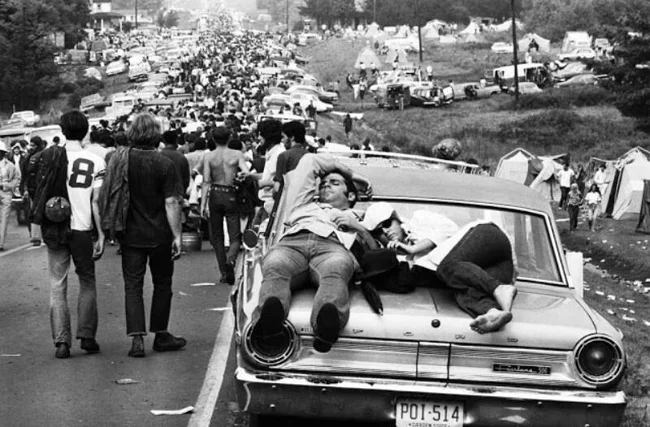
One of the first huge traffic jams occurred in 1969 in the USA, when about 400 thousand people came to Woodstock in New York State, and the organizers planned only 50 thousand. The festival lasted three days and for all three days it was impossible to get to it. The traffic jam stretched for 32 km. People left their cars and walked tens of kilometers to hear Janis Joplin, Jimi Hendrix and Joe Cocker. The musicians were sent to the site by helicopter. 
The Woodstock record has long been broken and such traffic jams will not surprise anyone. Moreover, the causes of congestion are often not as pleasant as a music festival. Several times they were caused by disasters (for example September 11, 2001). In the event of a local apocalypse, it is quite clear what will happen - people will rush along the highway to get to a safe place, but will get stuck in traffic jams for many kilometers. 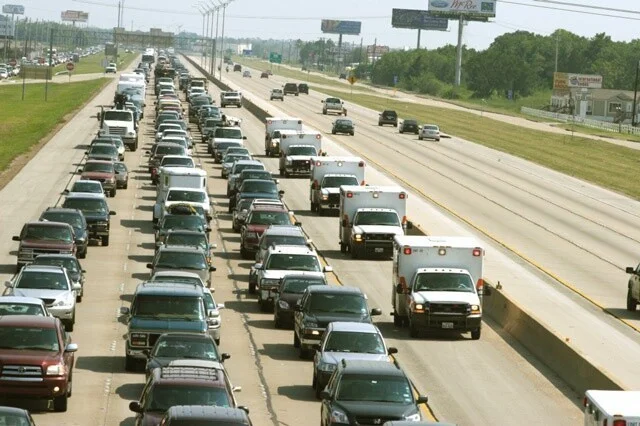
This happened in 2005 in Texas, when authorities warned residents of the state that a powerful hurricane was approaching. Huge convoys lined up on Highway 45 and the traffic jam was 160 km long. There were 2.5 million cars there. 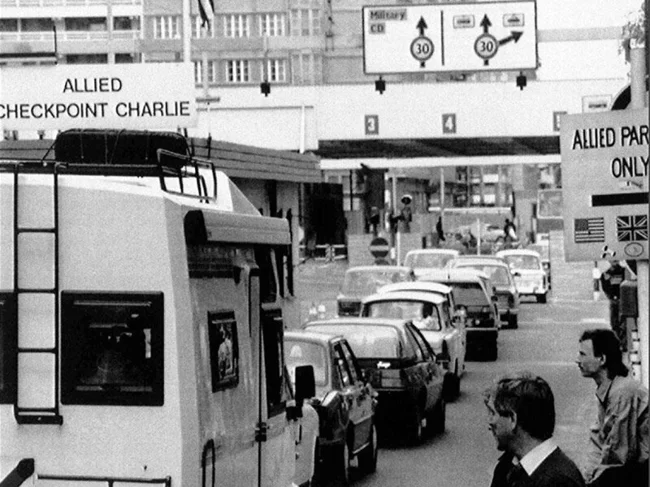
On April 12, 1990, the longest traffic jam in history at that time and the most massive to date occurred in Germany.
On November 9, 1989, the Berlin Wall fell and the people of the country traveled east and west to meet their relatives and friends. There were already enough traffic jams at the border, but the one in April was worse than all the previous ones. 18 million cars decided to cross the border in both directions at the beginning of the Easter holidays. The roads were designed for a maximum of half a million cars per day. 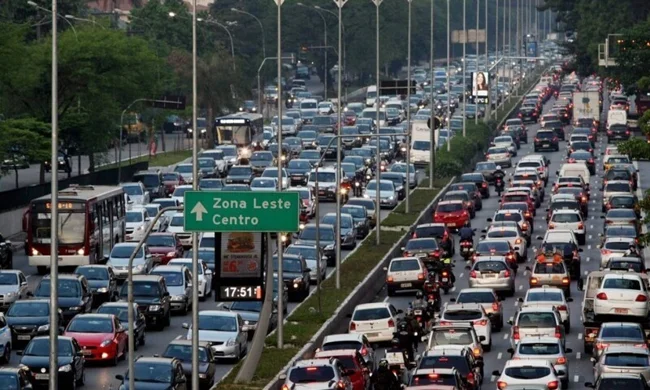
The longest traffic jam in history occurred in Sao Paulo, Brazil. There are generally problems with the fact that there are a lot of cars - drivers spend an average of three hours a day behind the wheel. And more than once Sao Paulo has set records for the scale of traffic jams.
On June 10, 2009, 840 km of city roads were stopped and 292 km were stopped. For hours, drivers languished in the heat, trying to get out of the road hell. But the worst thing happened in November 2013, just before the Day of the Proclamation of the Republic, when people went to the sea. Road repairs, accidents, highway congestion and, as a result, a traffic jam 309 km long. This is a record. 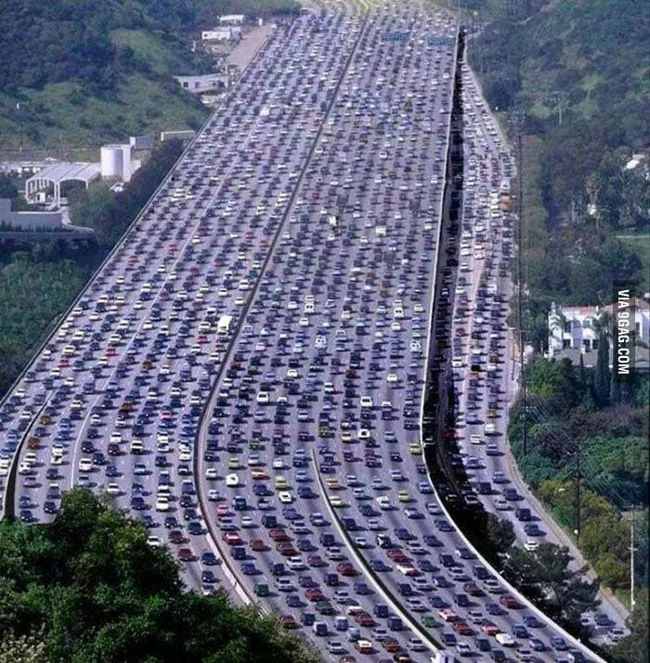
A traffic jam more than 100 km long could not be resolved for almost 12 days. Thousands of cars were stuck in traffic jams in August 2010 on their way from Beijing to Tibet province. The 50-lane expressway was being repaired and several lanes had to be closed. Also on the road there were trucks with construction materials for those same road works. And plus several accidents. Cars caught in a traffic jam overcame it in three days, the drivers ate, slept, and relieved themselves right behind the wheel.
Street vendors then raised fortunes - noodles, pies, water, cigarettes flew away in an hour for extremely high prices. 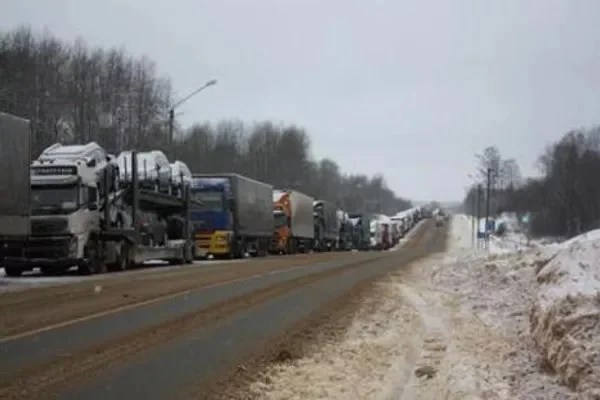
0 comments
